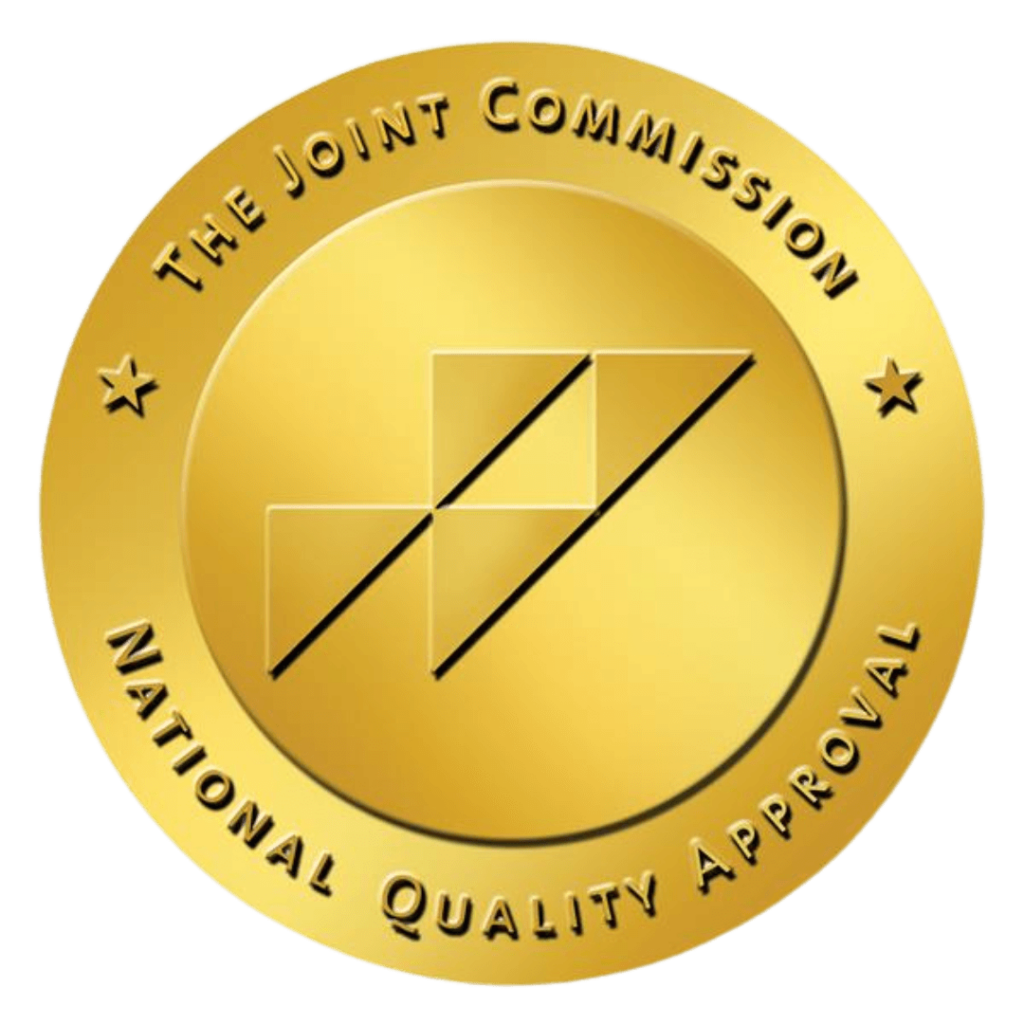
Throughout history, alcohol has been considered a norm for many social practices. It’s even common for adults to have a drink to relax and unwind. While partaking in occasional drinking is fun, many people have abused it and become addicted.
Alcoholism, also known as alcohol use disorder (AUD), dependence, and alcohol abuse, has been a prevalent problem for some time now. In the 2019 National Survey on Drug Use and Health (NSDUH), nearly 15 million people of at least 12 years old had AUD.
What is Alcohol Use Disorder (AUD)?
AUD occurs when a person consumes so much alcohol that they become dependent on it and eventually addicted. As with any addiction, making this substance the center of one’s life yields negative consequences to their health (physical, mental, social, and emotional).
People with AUD have surpassed social drinking. Instead, they frequently and heavily drink, even if it negatively impacts their life. Unfortunately, even if they recognize the consequences, they often won’t stop drinking.
What are the signs of alcoholism?
The stereotypical image of people with drinking disorders holds little truth today. Although many still fit the picture of constantly drinking, stumbling, and falling, some can still function normally despite having a drinking problem. The latter refers to people with functional or high-functioning alcoholism.
Even though it may be difficult to tell who has AUD, there are still some tell-tale signs of a drinking disorder.
Excessive drinking
An early sign of a drinking disorder, excessive drinking includes heavy drinking and binge drinking. According to American Addiction Centers, heavy drinking is a kind of binge drinking. The latter refers to heavily consuming alcohol in a specific timeframe. Heavy drinking, on the other hand, is frequently binge drinking. Binge drinking turns into heavy drinking when the person carries on with this pattern at least five times in 30 days.
Moreover, binge drinking is different for men and women. It’s having at least five drinks in two hours for males and at least four drinks in two hours for females. The same notion applies to heavy drinking. For women, it’s eight or more drinks a week. For men, it’s 15 or more drinks a week.
Note that people who occasionally excessively drink aren’t necessarily addicted to the substance, but they are at higher risk of developing a drinking disorder.
Physical effects and symptoms
Physical symptoms of a drinking problem include:
- A lingering smell of alcohol on the breath for hours after drinking heavily
- Weight loss due to skipping meals and drinking instead
- The heightened appearance of wrinkles and aging
- Brittle nails and hair
- Dry skin
- Broken capillaries on the nose and face
- Yellow skin and eyes caused by liver damage
- Generally poor hygiene.
Signs of AUD
The Diagnostic and Statistical Manual of Mental Disorders (DSM) lists 11 symptoms of AUD:
- Ended up drinking more and longer than intended on multiple occasions.
- More than once have thought about and wanted to stop or cut down on drinking but failed.
- Spent plenty of time drinking, being sick because of drinking, or dealing with the aftereffects.
- Desperately wanted to drink and could not think of anything else.
- Recognized that drinking, along with the aftereffects, got in the way of daily activities, such as taking care of family, doing their job, or going to school.
- Continued to drink despite the trouble it caused their friends and family.
- Cut back or give up on important and interesting activities to make way for drinking.
- More than once have gotten into dangerous situations while or after drinking.
- Continued to drink even though it caused blackouts, depression, anxiety, and added to other health problems.
- Felt that they needed more than the usual number of drinks to get the desired effect.
- Found that they had withdrawal symptoms when the alcohol was wearing off.
If a person had at least two symptoms, they had AUD. The severity of the disorder is as follows:
- Mild: 2 to 3 symptoms
- Moderate: 4 to 5 symptoms
- Severe: more than five symptoms
What causes alcoholism in a person?
After long periods of binge and heavy drinking, a person’s body develops a tolerance and dependence on alcohol. As a result, people who suffer from AUDs find it extremely difficult to quit and can lead to agonizing withdrawal symptoms.
But why do people abuse and get addicted to alcohol in the first place? Well, many factors contribute to AUDs. Here are the common causes.
Stress
As was previously mentioned, most adults drink to unwind and calm down. However, the occasional drink can turn into heavy drinking, especially for people with, particularly stressful jobs. If they often feel stressed from work, they are more likely to turn to drinking.
Mental health problems
Besides stress, other mental health issues, such as depression and anxiety, can lead to AUD. When a person feels depressed or anxious, they can easily turn to alcohol because of how it can temporarily alleviate their negative feelings. But this can become too frequent and turn into an addiction.
Drinking while taking medicine
A number of medications can heighten the toxic effects alcohol has on the body. Because of this, the individual will continually practice this and become addicted to the effects. However, doing this may result in extremely dangerous and life-threatening situations.
Biological factors
Alcoholism may be hereditary. If a person has a relative with a drinking disorder, their risk of alcoholism increases. Genetics does play a part in this, but another contributing factor is their environment. If the individual is exposed to drinking from a young age and spends a lot of time in that atmosphere, they may be influenced to abuse the substance.
How do you treat alcohol dependence and addiction?
Substance rehab is not a “one size fits all” event. One method may be perfect for one but ineffective for another. However, one of the best ways to treat addiction is to seek help in a professional rehab center. There, there will be multiple programs that vary depending on the person. With that said, here are some ways to treat AUD.
Medication
There are medications for alcoholism, and the US FDA currently approves three. These prescribed drugs help cut down or stop a person’s drinking and prevent a relapse: acamprosate, disulfiram, and naltrexone (oral and long-acting injectable). These medications pose no potential for abuse or addiction and can be taken while undergoing other programs, including behavioral treatment and mutual support groups.
Support groups
Support groups, as the name implies, provide peer support for one another for quitting drinking. This is a low or no-cost option, and meetings happen in plenty of communities at different times and locations. These groups are beneficial to people at risk for relapse.
Behavioral treatments
Also known as counseling, behavioral treatments target the person’s drinking behavior and aim to change it. Examples include:
- Mindfulness-based therapies;
- Treatments that build motivation; and
- Activities that teach the skills needed to cope without alcohol and prevent relapse.
If you are or know someone struggling with drug abuse and looking for drug treatment centers in California, turn to Restore Health & Wellness Center. You can visit us at 6918 Owensmouth Ave, Canoga Park, CA 91303, contact us at 888-979-4570, or visit our website here.





